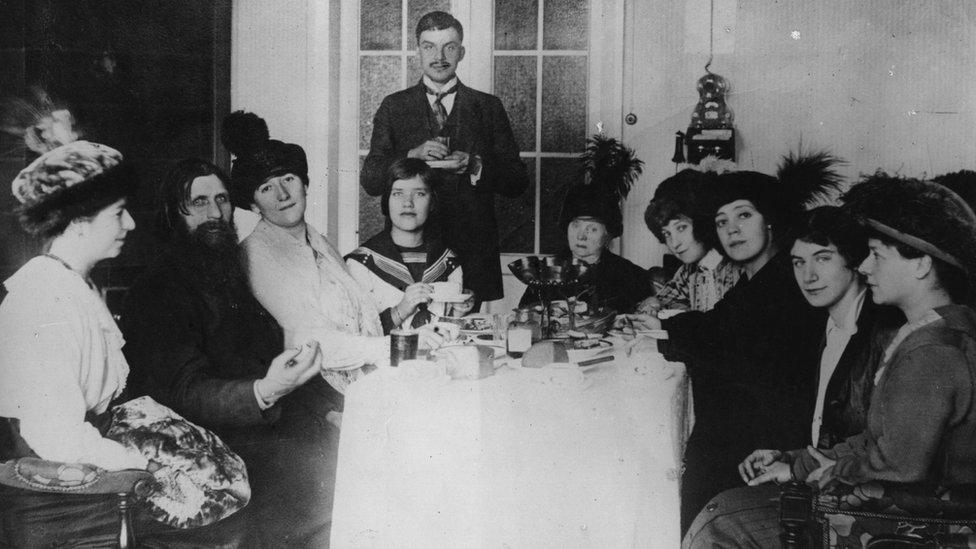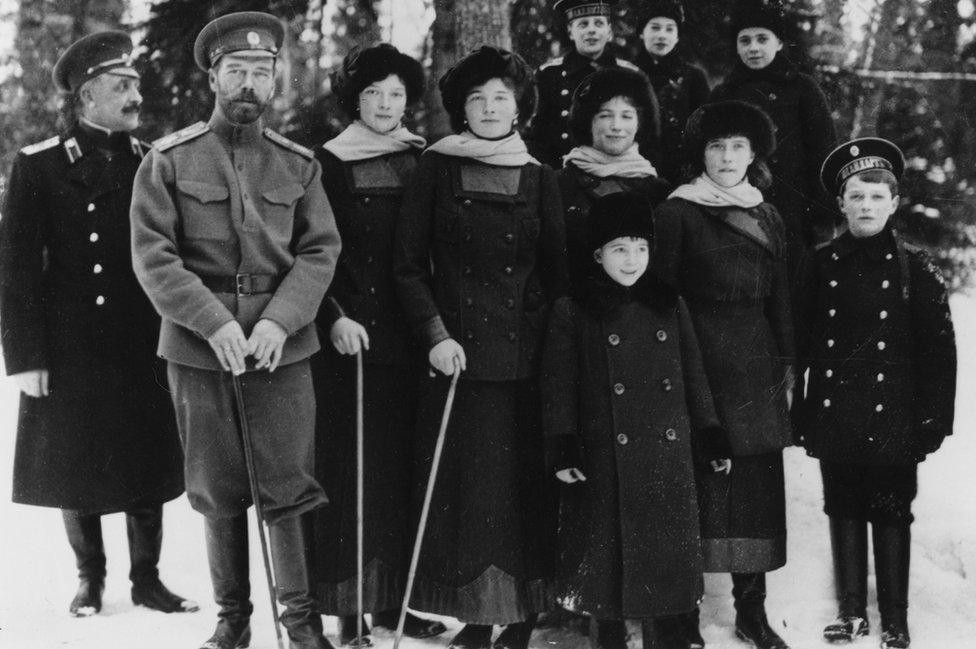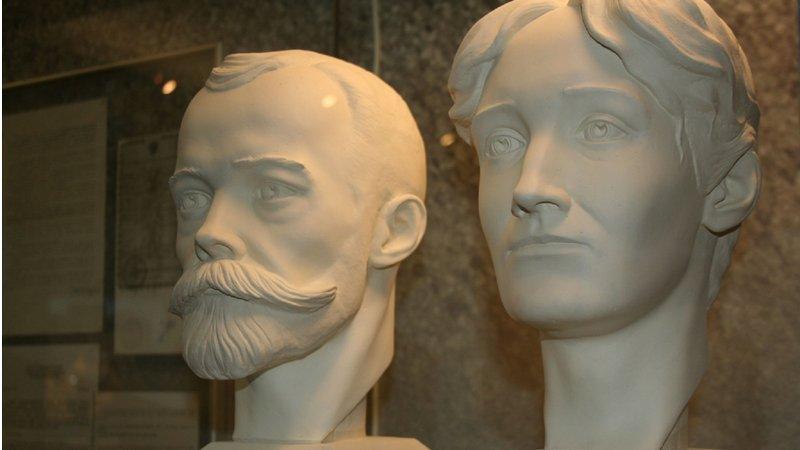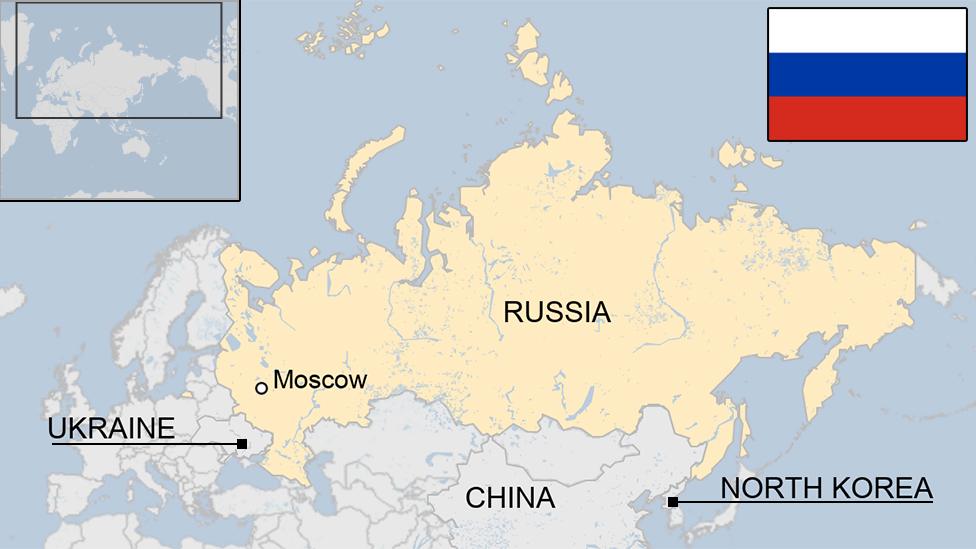Russia exhumes bones of murdered Tsar Nicholas and wife
- Published
The Romanov family members were killed by revolutionary Bolsheviks
Russian investigators have exhumed the remains of the last tsar and his wife, as they re-examine their 1918 murders.
Samples were taken from Tsar Nicholas II, his wife Alexandra, and from the bloodstained uniform of Alexander II, Nicholas's grandfather, killed in 1881.
The Romanov family members, who were killed by revolutionary Bolsheviks, are buried at a St Petersburg cathedral.
The Orthodox Church wants to confirm family links before other relatives can be reburied with them.
The long-running murder case had been closed in 1998, after DNA tests authenticated the Romanov remains found in a mass grave in the Urals in 1991.
But the DNA tests did not convince some Russian Orthodox Church members, because the remains of two - Tsarevich Alexei and Grand Duchess Maria - were found only in 2007, at a different spot in the Urals.
The Investigative Committee, a state body, says new checks are needed in order to authenticate the remains of those two.
Russia plans to rebury Alexei and Maria alongside the rest of the family in St Petersburg's Peter and Paul Cathedral. But for that to happen the Church wants to be certain about the remains.

The four Romanov princesses with their brother Alexei
Hail of bullets
Tsar Nicholas II, Alexandra, their four daughters - grand duchesses Anastasia, Maria, Olga and Tatiana - their son the Tsarevich Alexei and four royal staff members were murdered in the cellar of a house in Yekaterinburg in 1918.
One night they were lined up as if for a family photo, and then a Bolshevik firing squad killed them in a hail of bullets, according to witness accounts. Those who did not die immediately were bayonetted.
The royal couple and three daughters were formally reburied on 17 July 1998 - the 80th anniversary of the murder. They were canonised by the Russian Orthodox Church in 2000.
Alexei and Maria are also likely to be canonised before the 100th anniversary in 2018. Their remains are currently kept at the Russian State Archives.
The new investigation also involves taking samples from Alexandra's sister the Grand Duchess Elizabeth Fyodorovna, buried in Jerusalem. Only now can Russian investigators get access to those remains.

Rasputin (second from left), a self-styled holy man, exerted great influence at the Romanov court

The tsar and his family at Tsarskoye Selo palace near St Petersburg in 1916
Support from descendants
The Romanovs were ousted from power and exiled in 1917, shortly before the communist Bolsheviks overthrew the provisional government.
Documents from the so-called "White Guards Investigation" concerning the family's 1918 murder will also be studied. They came to light in the past four years.
Tsar Alexander II was killed by a bomb thrown by a "People's Will" revolutionary in 1881, and buried in his military uniform in the Peter and Paul Cathedral.
A lawyer for Grand Duchess Maria Vladimirovna, a descendant of the murdered Romanovs, said she supported the new investigation.
Quoted by Russia's Tass news agency, lawyer German Lukyanov said "not all aspects of the imperial family's murder were explained in the case, and not all the Russian Orthodox Church's questions were answered fully and clearly".
"The grand duchess hopes that the examination of the Yekaterinburg remains will be scientific... The truth must be established in this case, with an answer to the main question: whose are these remains?"
- Published27 June 2012

- Published25 March 2024
